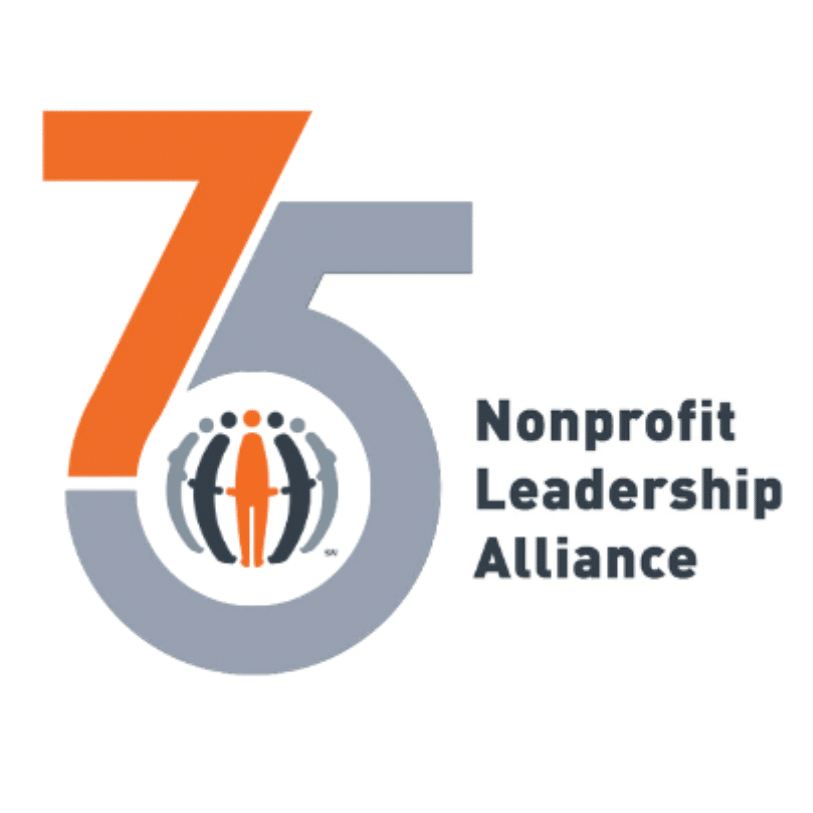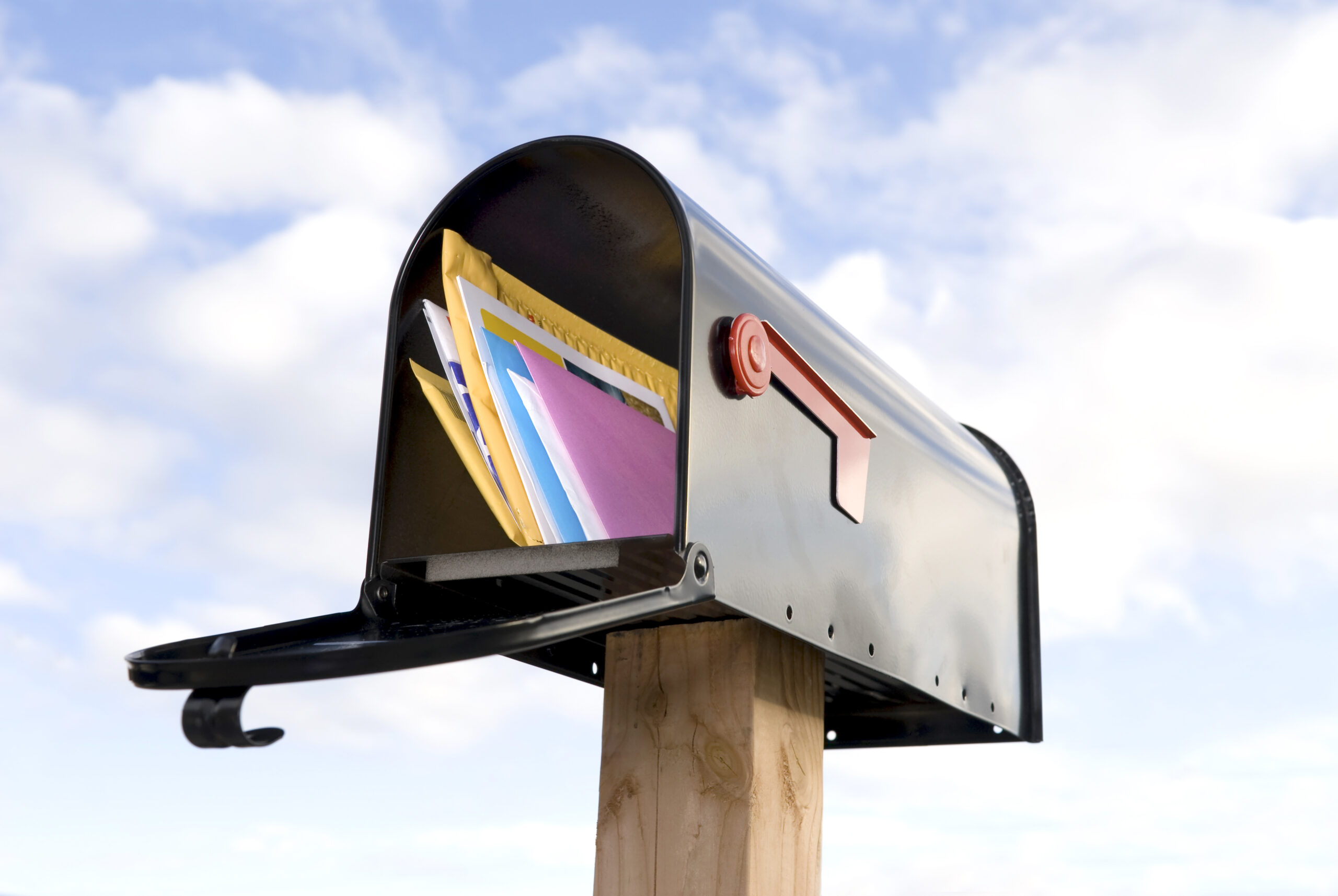Imagine you’re an individual looking to get involved with a charitable cause for the first time. As you look at different organizations and missions, you start feeling a little overwhelmed. There are hundreds of worthwhile nonprofits to choose from that cater to several of your interests, from environmental conservation to children’s welfare. How will you choose who to support?
This is the challenge every nonprofit faces—standing out from the crowd. However, with effective outreach strategies and nonprofit data strategies on your side, you can connect with the right donors, build strong relationships, and secure their support.
In this short guide, we’ll explore four quick tips for your next outreach campaign. As your team develops the core skills needed for marketing, you’ll find you have more success in other areas of your operations, like fundraising. Let’s begin!
1. Personalize your messaging as much as possible.
Each supporter plays a crucial role in helping your organization reach its goals. The last thing you want is for them to think your organization views them as human ATMs.
Personalization is one way to show each supporter that they matter and are essential to your organization’s success. It involves adjusting your outreach strategy to reflect past interactions with each supporter.
For large groups of donors, like smaller and mid-level donors, you should rely on segmentation to personalize your messaging. Segmentation is the process of separating your supporters into groups based on shared characteristics you see in the information stored in your donor database. You can then tailor your communications to fit each group’s interests, preferences, and giving motivations.
Here are a few examples of what you might segment your donors by:
- Geographic location
- Age, or another demographic trait
- Giving level
- Volunteering history
- Communication channel preferences
For major donors, take a more individualized approach to personalization. Pay attention to the details that are unique to each donor’s engagement history and build your strategy around them. Since major donors are giving at a higher level and are typically more involved with your organization than donors who give at lower levels, they deserve outreach that reinforces the fact that they are partners in accomplishing your mission.
2. Access free advertising through the Google Ad Grant program.
Through the Google Ad Grant program, Google provides $10,000 of grant funding to eligible nonprofits to purchase paid advertisements on the platform’s search engine results pages.
These advertisements are keyword-based, so the nonprofit can choose which search terms their ads will appear for and use the grant money to bid on those terms. The resulting ads show up as the first results on the page, and they look similar to organic search listings, with the main difference being a small “Sponsored” designator:
To be eligible to apply for the Google Ad Grant, you must:
- Have valid 501(c)(3) status. Proving that your organization is legally recognized as a nonprofit is part of the application process.
- Have a functional website. Google outlines several website quality guidelines that your organization’s site must adhere to.
- Have a Secure Sockets Layer (SSL) certificate for your website. SSL is a security protocol that exists between a web server and a browser and will show up as a “lock” icon in the navigation bar of your web browser.
- Agree to follow the Google Ad Grant program policies. This includes registering with Google for Nonprofits.
While the application process is fairly straightforward after you ensure your eligibility, maintaining a Google Ad Grant account requires ongoing and active maintenance, which can be beyond most organizations’ capacities. If you’re interested in the program but not sure if you have the resources or knowledge to succeed, consider partnering with a nonprofit consulting firm with expertise in the Google Ad Grant program.
3. Lean into storytelling.
One of the best ways to inspire action during your outreach campaign is to leverage storytelling. Stories evoke strong emotions, put a human face on the complex issues your nonprofit is trying to tackle, and make your needs more memorable.
To take your storytelling efforts to the next level, lean into these best practices:
- Talk about individuals. Personal stories are often more engaging than high-level reports on trends or projects. For instance, instead of talking about how badly your organization needs more volunteers, share the story of a beneficiary who needs your help, pointing out how volunteers could make a difference for that person.
- Be specific. Details will enrich your stories and make them more engaging and believable. For instance, if your organization helps create community gardens, you might describe the sights, smells, and sounds you observe during a calm morning of planting and weeding. Doing so will make your audience feel like they’re right alongside your team.
- Use compelling visuals. It’s an age-old saying, but it’s true: A picture is worth a thousand words. Use visuals to make your stories more captivating and enhance your copy. You can go beyond just sharing photos, too, and use a graphic design tool to help you create compelling infographics that illustrate your needs or impact. Don’t be afraid to repurpose graphics you’re already using, like high-quality visuals from your website.
With every story you share, include a compelling call to action that will motivate your supporters to do something about what they’ve just read. Going back to the community garden example, you might invite readers to sign up to volunteer at your next garden maintenance day or to give in-kind donations like seed packets or gardening equipment.
4. Make the most of your marketing data.
Every outreach effort you make generates data, from how many emails are opened to the conversion rate for each ad campaign to how much engagement each social media post receives.
By collecting and analyzing this data, you can discover which outreach channels are working best for your organization and how you can adjust your strategy to make it more effective.
To do this, you’ll first want to integrate your various marketing tools (such as your social media profiles, website, email automation solution, etc.) with your donor database. These connections between your different tools allow data to flow seamlessly into your database so you can view marketing data alongside your organization’s other data. If you’re using a robust database like Blackbaud or Salesforce, you should be able to build these integrations with the help of an experienced nonprofit technology consultant.
From there, you’ll want to examine your data for trends. Are specific channels performing better than others? Is certain phrasing or marketing language leading to more conversions? Align your inquiry with your nonprofit’s outreach goals and use the information you uncover to continue elevating your strategy going forward.
To stand out from the crowd and connect with people who are passionate about your mission and want to see your organization succeed, your nonprofit will need a robust strategy for its outreach campaigns.
Use the quick tips in this guide to jumpstart your planning for your next campaign, and remember to fully leverage your technology stack and the data you have to give your outreach efforts a personal touch.
Did you enjoy this story?
Get nonprofit tips and tools delivered right to your inbox by joining The Nonprofit Leadership Alliance Newsletter. Our bimonthly newsletter will make sure you know what’s happening with our network of social sector leaders.
Optimizing the Donor Journey with Your Website: 5 Steps
In today’s fundraising landscape, your nonprofit’s website is more important than ever for facilitating the donor journey. Why? It’s simple—online giving rose from almost 8% of total giving in 2022 to over 12% in 2023
Training Your Nonprofit Team to Use Direct Mail Appeals
Although technology has transformed communication, there’s still something special about receiving a letter in the mail. The anticipation of opening an envelope addressed to you creates a unique connection. For nonprofits, direct mail appeals
Strategic Nonprofit Growth: Navigating the 7 Stages
Established nonprofit organizations play a vital role in addressing social issues, driving positive change, and enriching communities. However, even organizations with a long history of impact must continue to evolve, adapt, and innovate to remain




